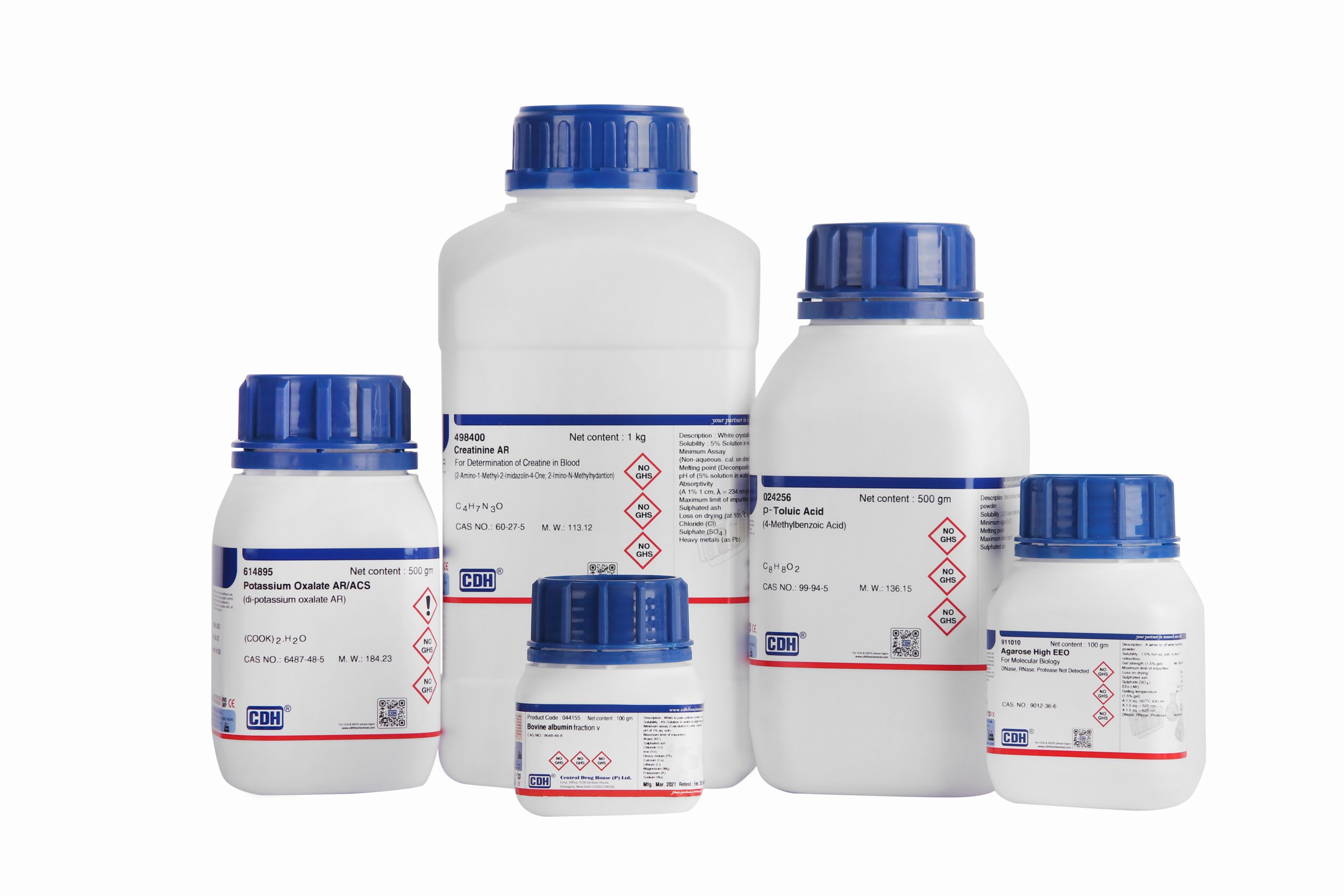1:8-Diaza Bicyclo Undecene for Synthesis (Dbu) | 6674-22-2:
1,4-Diazabicyclo[2.2.2]octane, also known as TED or Triethylenediamine, is a white to light yellow crystalline powder used primarily as a curing catalyst in polymer and polyurethane chemistry. Known for its high purity (minimum 99.0% GC assay) and catalytic efficiency, TED plays a critical role in industrial applications requiring precise chemical performance.
Key Features:
-
Appearance: White to light yellow powder or crystal
-
Purity (GC Assay): ≥ 99.0%
-
Melting Point: 156–159 °C
-
Solubility: Soluble in water, acetone, benzene, ethanol, and methyl ethyl ketone
-
Stability: Chemically stable under recommended storage conditions
-
Synonyms: TED, Triethylenediamine
Applications:
-
Catalyst in the production of polyurethane foams and resins
-
Used in curing systems for epoxy resins and industrial coatings
-
Serves as a chemical intermediate in pharmaceutical and specialty chemical synthesis
-
Commonly utilized in plastics, adhesives, and elastomers manufacturing
Safety & Handling:
Hazard Statements:
-
Flammable solid
-
Harmful if swallowed
-
May cause respiratory irritation
-
Causes mild skin and eye irritation
Precautionary Measures:
-
Keep away from heat, sparks, and open flames – No smoking
-
Ground/bond containers and use explosion-proof equipment
-
Use only non-sparking tools
-
Wear protective gloves, clothing, and eye/face protection
-
Wash your hands thoroughly after handling
-
Do not eat, drink, or smoke when handling this chemical
First Aid Measures:
-
Eye Contact: Rinse cautiously with water; remove contact lenses if present and easy
-
Skin Contact: Rinse with water/shower; remove contaminated clothing
-
Ingestion: Rinse mouth; do not induce vomiting
-
Inhalation: Move to fresh air and seek medical attention if symptoms persist
Disposal Guidelines:
-
For small quantities: allow to evaporate in a well-ventilated area
-
For large volumes (>500 ml): incinerate in a chemical incinerator with scrubber
-
If incineration is not possible, collect in solvent waste drums for disposal by a certified hazardous waste company



There are no reviews yet.